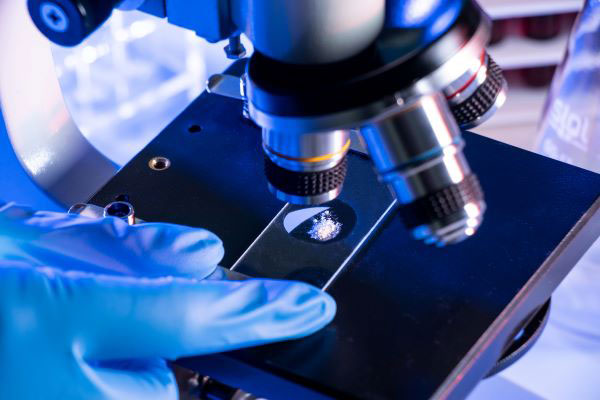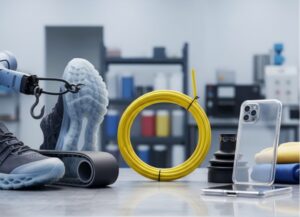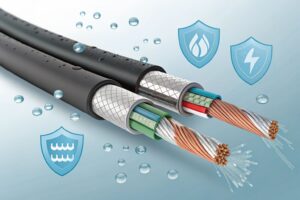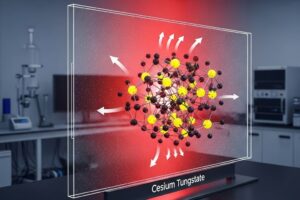Anti-Hydrolysis Tests for Determining Material Durability
Materials science and engineering places great emphasis on maintaining long-term performance of materials, with anti-hydrolysis testing playing an essential part in doing this. By measuring a material’s ability to withstand water and moisture damage, anti-hydrolysis tests give us insight into its longevity and durability. See more about What is anti-hydrolysis
What does hydrolysis resistance mean?
In short, hydrolysis resistance refers to the ability of materials to resist chemical breakdown when exposed to moisture – meaning they will keep their physical and chemical properties over time, even in humid or wet environments.
Hydrolytic Aging can be defined as the degradation of materials due to reactions with water molecules, leading to changes in structure, mechanical properties and overall functionality of materials over time. Hydrolytic aging is a widespread phenomenon which significantly decreases lifespan and reliability of products over time.
For example, hydrolysis tests of PET (Polyethylene Terephthalate) or PBT (Polybutylene Terephthalate) polymers require several methods for efficient execution. These often include subjecting material samples to specific temperature, humidity and exposure time conditions before measuring any changes to its properties during testing. Specialized equipment will then monitor and record this change over time.
Accelerated Aging Test Method
One such approach is the Accelerated Aging Test Method. By expediting the aging process by subjecting materials to more severe environments than what they normally encounter during use, this allows us to quickly evaluate potential long-term performance and durability issues of materials quickly and efficiently.
Accelerated aging tests play an essential role in photovoltaics to ensure reliability and durability of solar panels, with various standards and protocols used as guidelines to conduct them. IEC 61215 standards outline several accelerated aging tests designed for photovoltaic (PV) modules made of crystalline silicon; such tests include thermal cycling, humidity-freeze cycling and damp heat exposure.
Accelerated aging tests provide valuable data faster, helping determine material’s resistance to hydrolysis. Anti-hydrolysis testing is an important part of material selection and development, from photovoltaic materials, automotive parts to consumer goods. Through understanding concepts like hydrolysis resistance and hydrolytic aging as well as appropriate testing methodologies we are able to create durable materials suitable for various uses ranging from automotive parts to consumer goods.
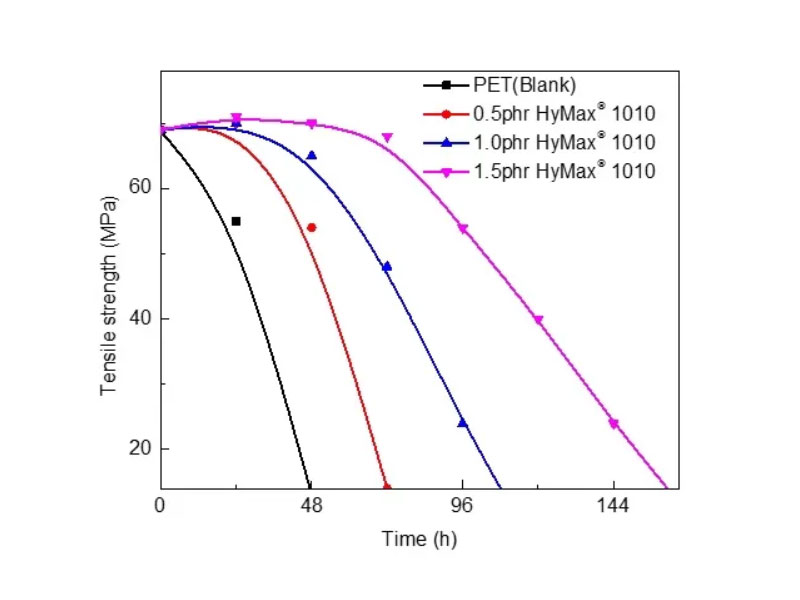
of anti-hydrolysis agent (by Accelerated Aging Test Method)
Stay tuned for further insights into the fascinating field of materials testing and engineering. Hope this blog has provided helpful information regarding anti-hydrolysis testing. If any further inquiries or feedback arises, feel free to contact us.

